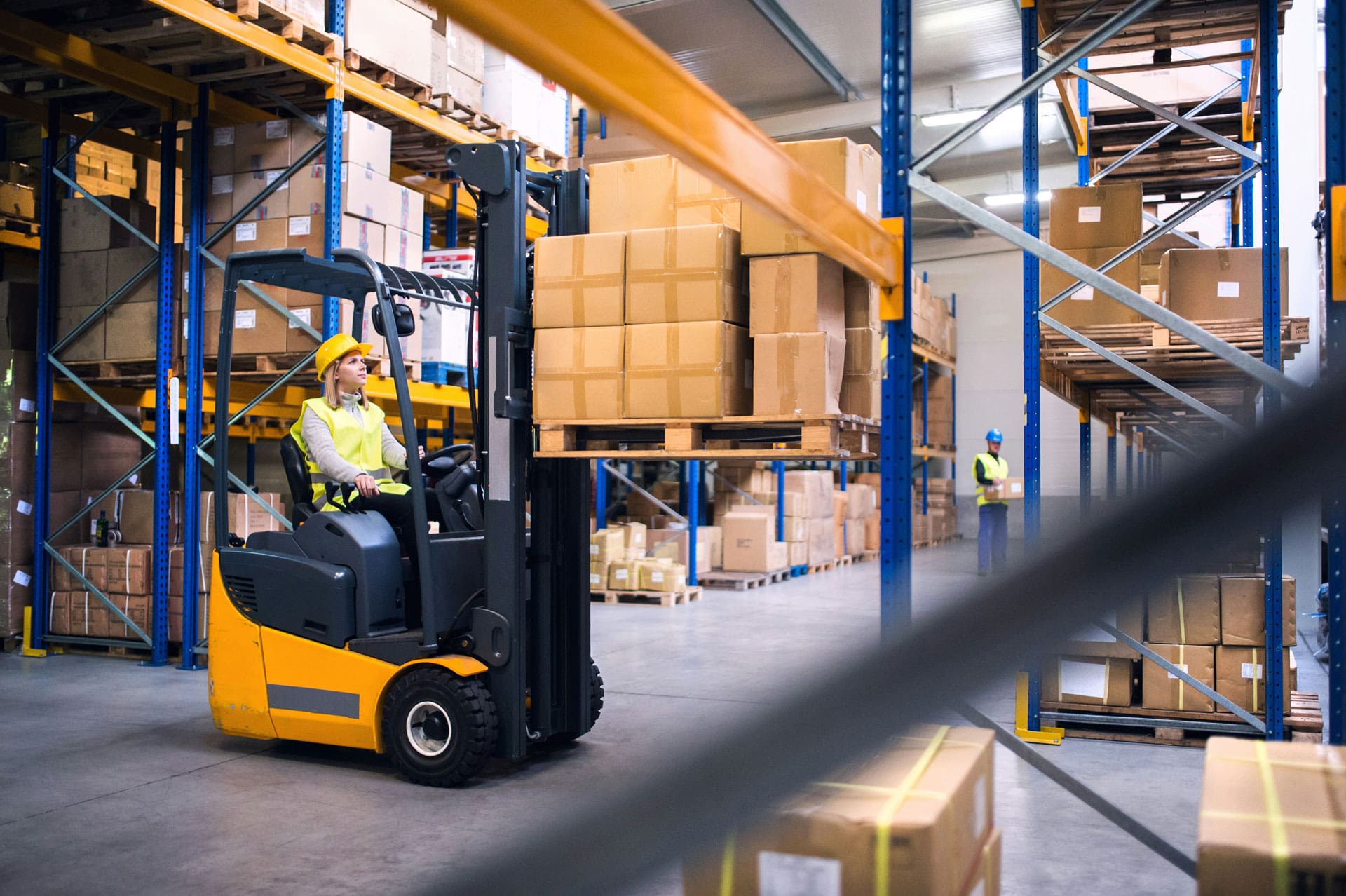In today’s volatile business environment, supply chains are under pressure from demand swings, geopolitical disruptions, labor shortages, and rising customer expectations. The ability to plan effectively is no longer a cost-management exercise; it is a strategic differentiator that determines whether a company thrives or falls behind.
Warehousing Solutions Overview
Warehousing solutions are systems designed to control, optimize, and provide visibility into all activities inside a warehouse or distribution center. Their purpose is to ensure products move efficiently through receiving, storage, picking, packing, and shipping—while keeping costs down and service levels high.
The value delivered from warehousing solutions often comes from the optimization capabilities that drive measurable ROI. These go beyond just tracking inventory; they actively make warehouse operations faster, cheaper, and more accurate.
Investing in warehousing solutions is important because the warehouse is no longer just a storage facility — it’s now a strategic hub in the supply chain. Customers expect faster delivery, lower costs, and greater accuracy, and without the right systems, warehouses can easily become bottlenecks.
SCT works with clients to develop organizational capabilities to ensure the right information is collected and presented, with the right simulation capabilities, to enable effective cross-enterprise planning. Benefits we help our clients achieve include:
- Improve operational efficiency and productivity
- Reduce labor costs and drive higher levels of employee satisfaction and retention
- Implement effective order fulfillment and exception management capabilities to deliver a satisfactory customer experience
- Effectively orchestrate work distribution and resource utilization
- Introduce interoperability of automation with agility and repeatability
Solution Areas
Critical areas where SCT helps to drive performance include:
A WMS provides inventory, labor, space, and order optimization capabilities and provide efficiency, visibility, and scalability. Advanced systems offer optimization capabilities for space and slotting, labor productivity, order wave and workload prioritization, and automation orchestration, as well as advanced analytics.
LMS focus on workforce productivity inside the warehouse, Labor Management Systems track labor standards, productivity, and workforce scheduling. Advanced solutions offer enhanced employee engagement capabilities.
Provide ready-made interoperability with a broad set of automation providers to streamline the implementation and orchestration of AGVs, AMRs, conveyors, and AS/RS.
A Warehouse Execution System (WES) sits between a traditional Warehouse Management System (WMS) and the warehouse’s automation equipment or workforce, acting as the orchestration layer. Think of it as the “traffic controller” that directs how and when tasks are executed in real time. Whereas a WMS plans what needs to be done (orders to fulfill, stock to move), a WES decides how to do it most efficiently at that moment, especially when automation and people are both involved.
Track and trace solutions are systems that let companies monitor the movement, location, and status of products and materials across the supply chain — from raw materials, through manufacturing and warehousing, all the way to the customer. They provide end-to-end visibility and traceability so that every item can be identified, tracked in real time, and traced backward if needed (for recalls, compliance, or audits).
The Journey to Warehousing Excellence
Choosing warehousing partners that can flex and grow with your operation is a critical decision that shouldn’t be taken lightly. Implementations are both costly and risky – and post-implementation, business requirements will change while shifts in sku and order profiles will degrade the effectiveness of the initial configuration. A warehousing platform should be able to adapt to a changing business environment while providing the tools to drive continuous improvement across the operation. Still, considerations for cost and speed often dictate more pragmatic direction when considering the appropriate partner.
Critical decision criteria when selecting a warehousing platform, or expanding an architecture around legacy components include usability, the ability to meet standard requirements, specialized or extended features, extensibility (the ability to customize processes), optimization logic (and ability to deliver value to the business), technology and architecture, vendor relationships or ease of doing business, strategic portfolio (ie integrated supply chain solutions), partner ecosystems (enabling scale and cost management), and of course, total cost of ownership. While each of these can drive a decision in favor of a specific vendor or solution, SCT focuses on the following criteria to align to a short list of prospective partners:
If the business anticipates special requirements such as serialization, kitting or lite manufacturing, labor management, advanced retail flow through, etc, a core provider will likely fail to meet the requirements and more complex niche player or best of breed solution will be needed.
If a business requires advanced optimization logic to orchestrate activities in the warehouse such as order fulfillment (direct to consumer or omni-channel), or labor efficiencies (typical in manufacturing and distribution), a best of breed provider will likely need to be considered.
For organizations that have embraced a strong automation strategy, considerations including integration standardization and footprints, and interoperability (bleeding into the WES landscape) should be considered. WES functionality or standardized adapters such as supplied by SVT Robotics should be considered.
Recent years have seen tremendous investment across the landscape in platform modernization (or re-architecting for cloud platforms) legacy solutions, as well as the emergence of SaaS-native platforms. While nearly all players will now position some version of a cloud-based solution, the maturity levels of these solutions and ability to address all use cases should be viewed as highly suspect – rigorous vetting of the capabilities on the latest platform is encouraged.
For more information, see SCT’s commentary on Navigating the Warehousing Solution Landscape and Navigating the Warehousing Services Partner Ecosystem
